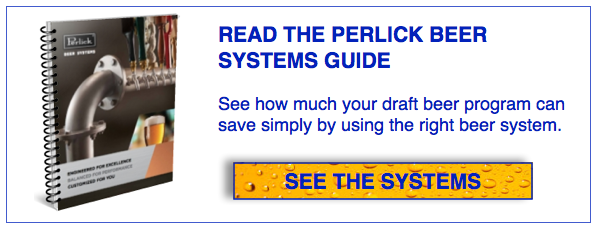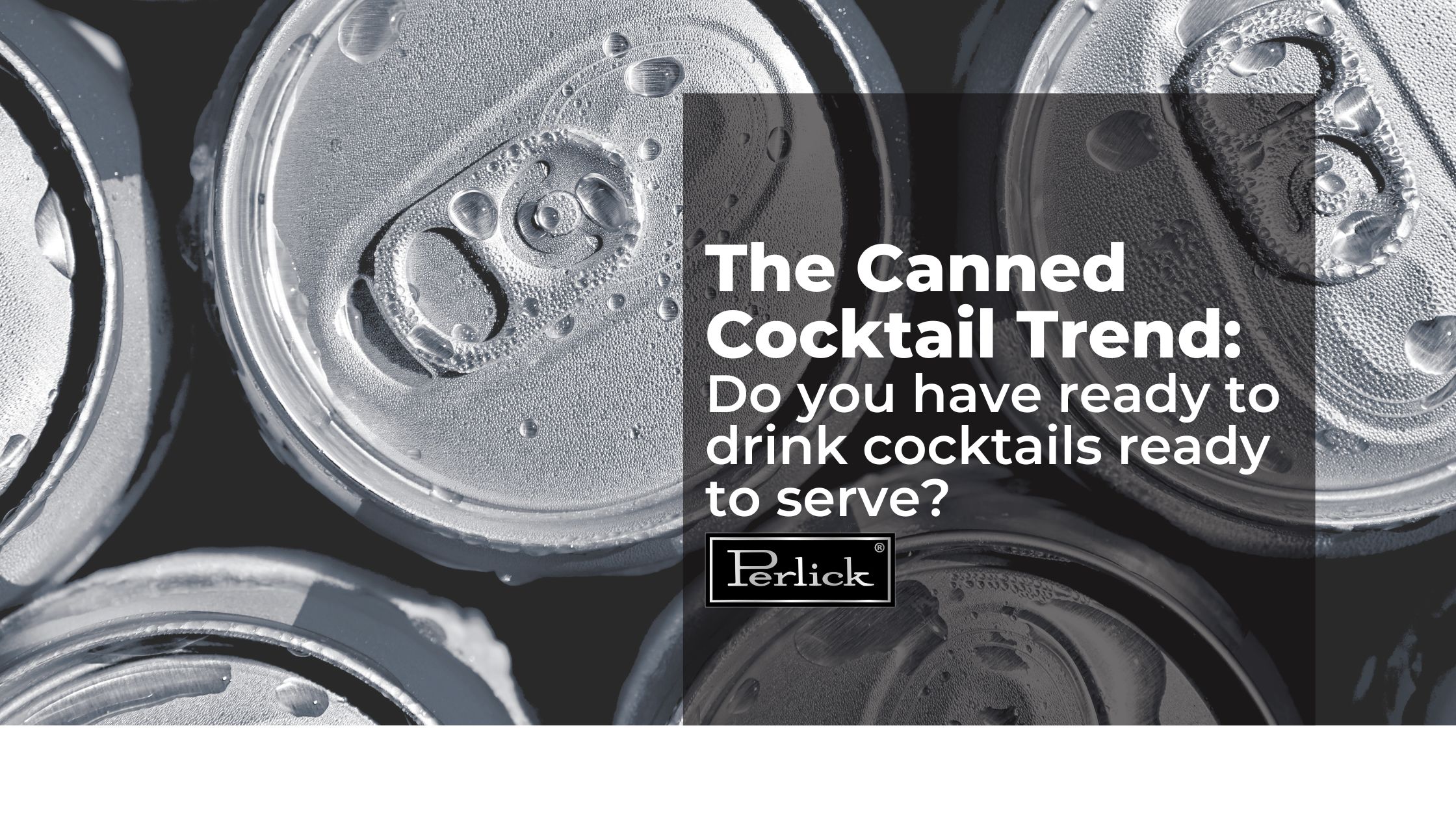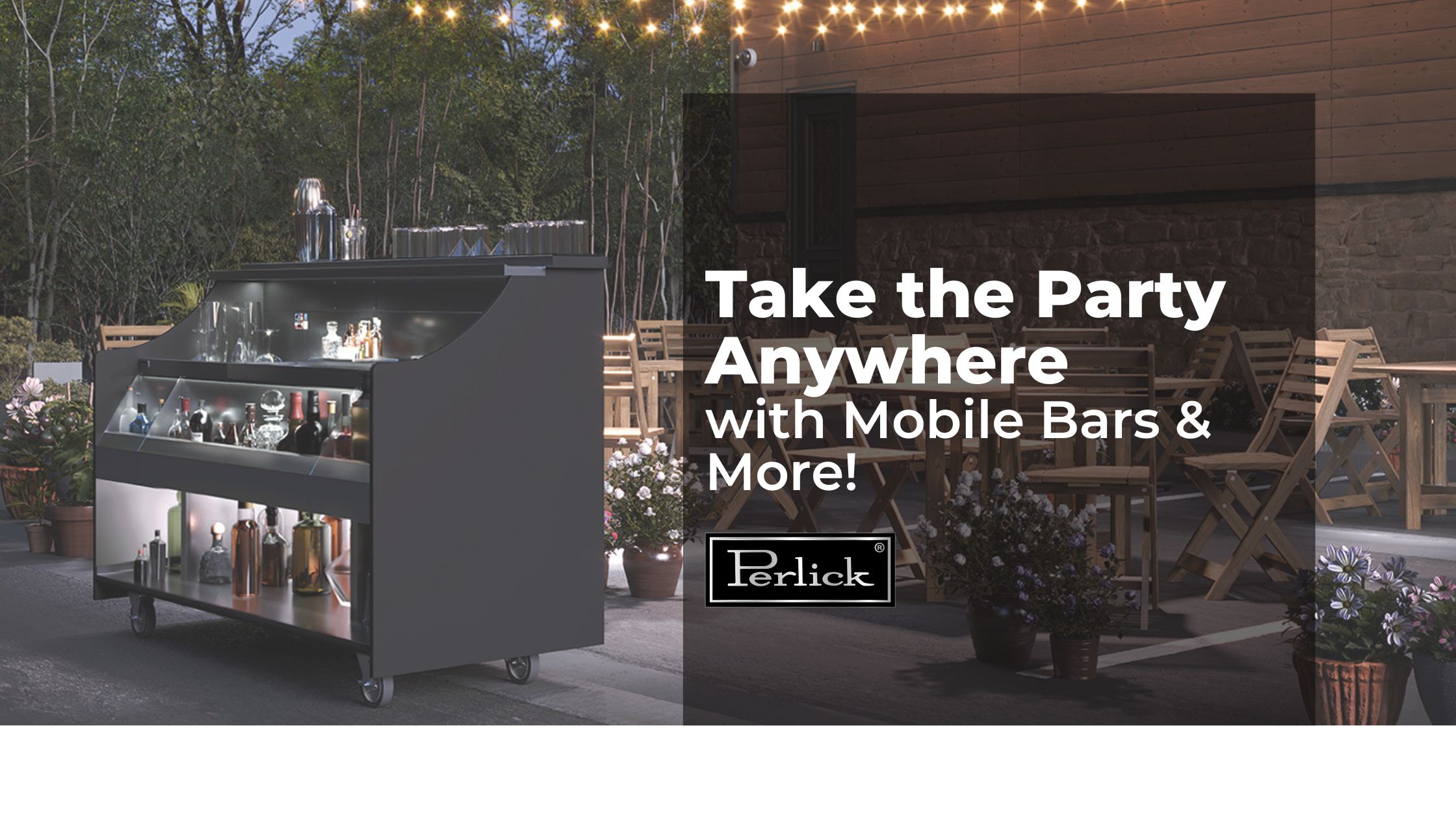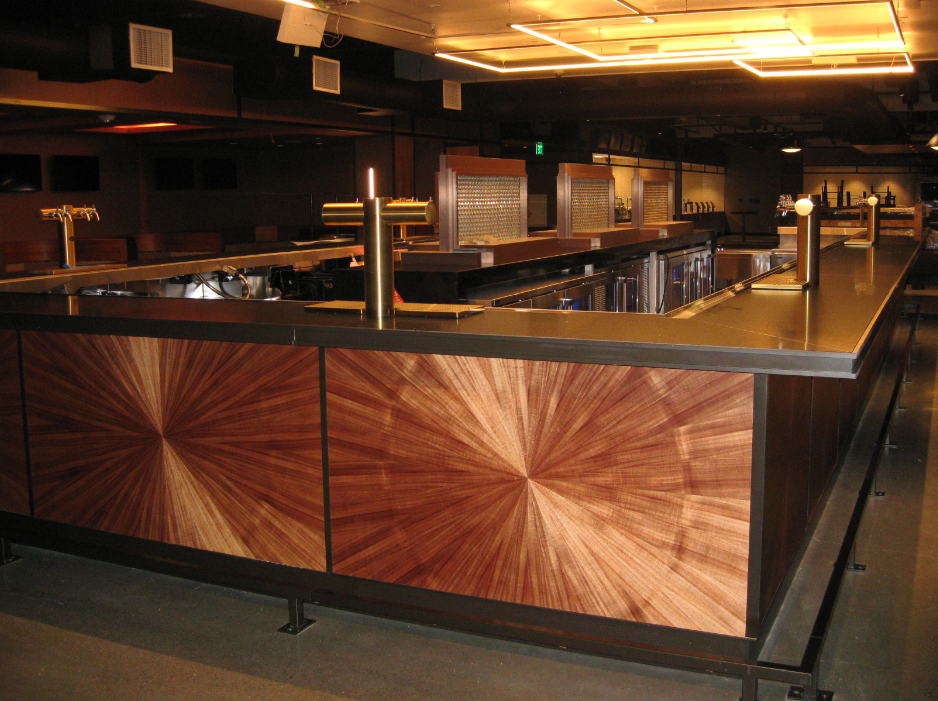It’s been a long day, and your customers are heading into your bar for a nice cold beer. But when the bartender pulls the pint, what's supposed to be a refreshing beverage pours as a glass filled with foam. The reason is because the beer line is running too warm, and the negative effects are numerous.
As we get into the heart of summer, warmer temperatures can impact not only your customers’ experience, but also your bottom line. While most 16 ounce beers should have about 2.25 ounces of head, any more than that will leave your customers feeling cheated.
When beer is not cooled correctly, it can lead to excessively foamy pours, which often get poured right down the drain. And foam poured down the drain is equal to money.
So, what’s the solution to this problem? Glycol.
What is Glycol, and why is a glycol-cooled beer system so important?
Glycol is a food grade coolant that is used in the Perlick beer systems. The system runs glycol, in copper coolant lines, wrapped in direct contact with the beer lines in order to keep beer cold on its journey from the keg to glass. This makes it possible to store beer hundreds of feet away without serving warm, foamy beer. Other glycol-cooled beer systems use poly coolant lines, which is 17% less efficient than copper.
For this reason, the Perlick beer system can be particularly helpful when it comes to stadiums. When beer lines have to be run over lengthy distances, it is important to ensure they are being cooled during transport.
Keeping beer cold in the beer lines is only one of the many solutions that Perlick offers. Glycol-cooled beer technology will have your bartenders pouring perfect brews in no time, no matter what the style of beer, boosting your customers' satisfaction and your profits.
Whether you're serving domestic beers at a baseball stadium or brewed-in-house craft beer at a brewery, a glycol-cooled beer system from Perlick will be sure to keep your beer cold.








